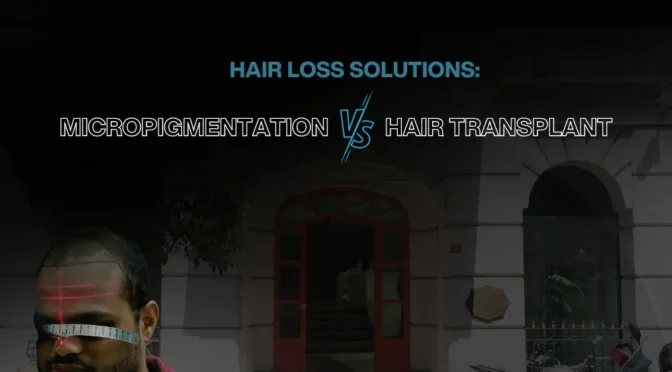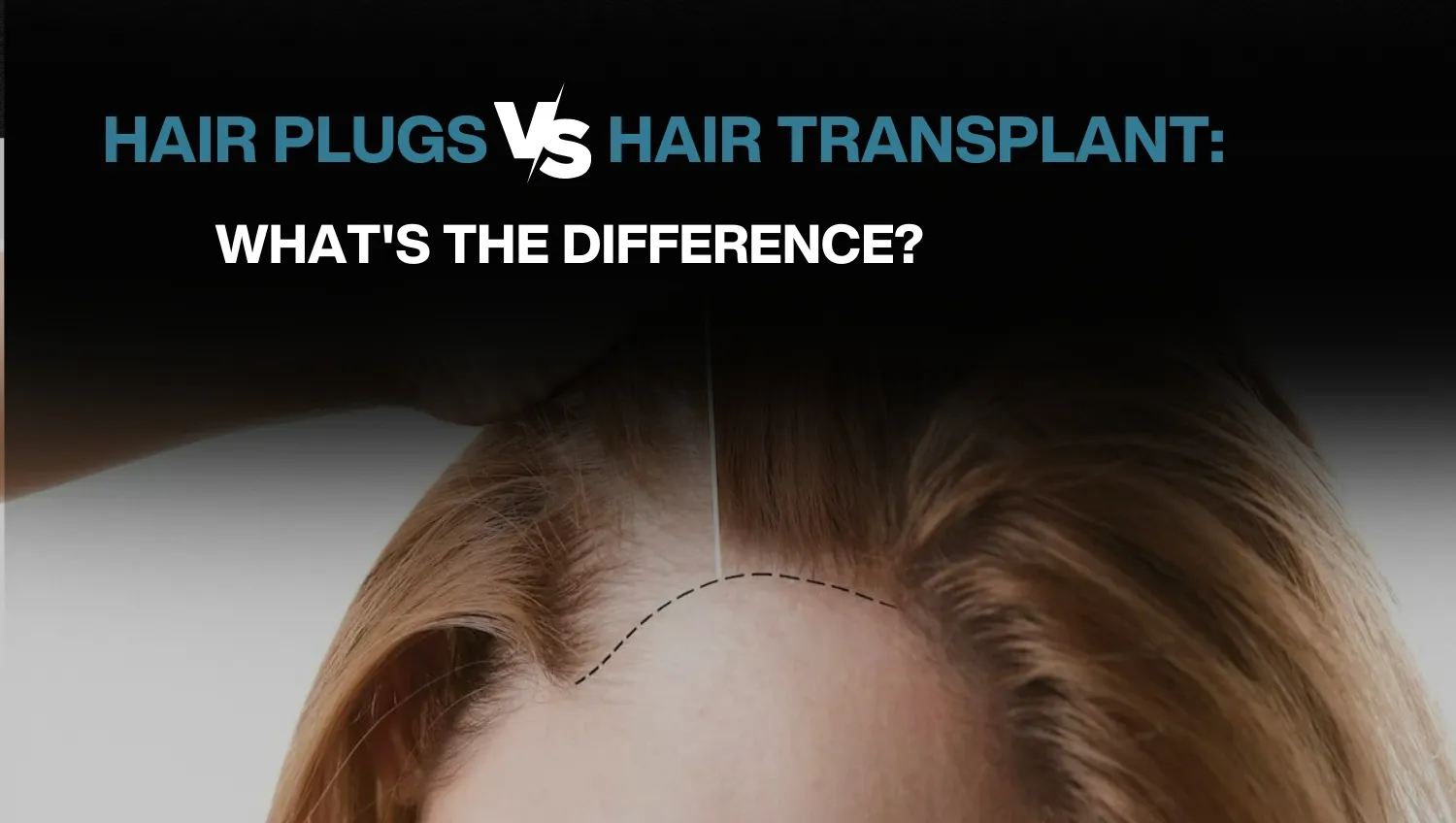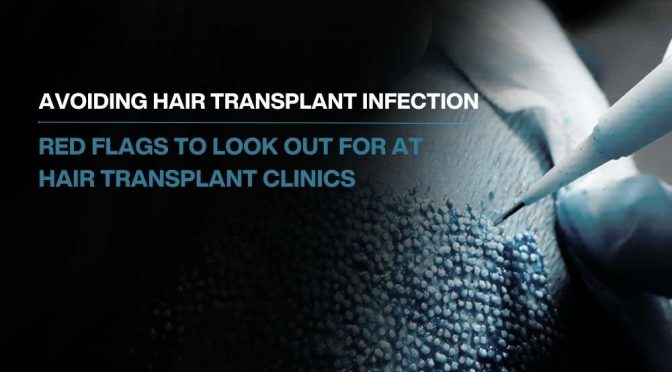Winter is here, and for those of us who are considering having a hair transplant, this can be a difficult time. After all, cold weather can have a big impact on the healing process. However, fear not. With the right information, you can still have a successful hair transplant in the wintertime.
First of all, it’s important to note that hair transplants are still possible in winter. Despite the cold weather, the procedure can still be completed safely and successfully. However, there are some important steps that you’ll want to take in order to ensure this.
Benefits and risks of Getting a Hair Transplant in Winter
Benefits
Though many people opt to get a hair transplant in the summer months, there are some benefits to getting a hair transplant in winter. One of the main benefits of a winter transplant is that there is less sun exposure, which can help reduce the risk of damage to the donor and recipient sites. Additionally, cooler temperatures can help reduce inflammation, which can improve the healing process and reduce recovery time. Lastly, the winter months are often less busy for hair transplant surgeons, so you may be able to get an appointment sooner.
Risks
Just like with any medical procedure, there are some risks associated with getting a hair transplant in winter. One of the main risks is that colder temperatures can cause the hair follicles to become more brittle, which can lead to a greater chance of breakage. Additionally, the colder weather can cause the scalp to become dryer, which can lead to itching and irritation.
One of the most important things to remember is to keep your scalp warm. Since the scalp is a sensitive area, it can be prone to frostbite or other cold-related damage. Therefore, it’s important to take extra precautions during the wintertime. Make sure to keep your scalp covered with a hat or scarf when outside. Additionally, try to keep your home and area where you’ll be having the procedure warm and comfortable.
Lastly, the winter months are often associated with increased stress, which can also affect the healing process.
Tips for Hair Care After a Hair Transplant
If you decide to get a hair transplant in winter, it’s essential to take care of your hair after the procedure. Here are some tips to help you maintain your hair and keep it looking great:
- Avoid washing your hair too often. Washing your hair too often can strip it of its natural oils and cause it to become dry and brittle.
- Use a gentle shampoo and conditioner. Choose a shampoo and conditioner that is designed for color-treated or damaged hair.
- Don’t pull or tug on your hair. Pulling or tugging on your hair can damage the newly transplanted follicles.
- Avoid using heat-styling tools. Heat styling tools can cause further damage to your transplanted hair.
- Wear a hat or scarf when outside. This will help protect your hair from the cold and wind.
Common Winter Hair Problems and Solutions
The cold winter weather can cause a variety of hair problems, such as dryness, breakage, and frizz. Here are some tips to help you manage these common winter hair problems:
- Use a deep conditioning treatment. This will help restore your hair’s natural moisture and shine.
- Avoid using hot water when washing your hair. Hot water can strip your hair of its natural oils.
- Use a leave-in conditioner. This will help reduce frizz and provide a layer of protection from the cold.
- Use a humidifier. This will help add moisture to the air and keep your hair from becoming dry and brittle.
- Avoid using hair products with alcohol. Alcohol can strip your hair of its natural oils and leave it feeling dry and brittle.
Questions to Ask Before Getting a Hair Transplant
Before getting a hair transplant in winter, it’s important to ask your doctor a few questions to make sure you are prepared. Here are some questions to ask:
- How long will the procedure take and what is the recovery time?
- Will the cold temperatures affect the transplant procedure?
- What kind of aftercare is needed to ensure the best results?
- What should I do if I experience any side effects or complications?
- Are there any special precautions I should take before and after the transplant?
How to Take Care of Your Hair After a Hair Transplant
After getting a hair transplant, it’s essential to take special care of your hair. Here are some tips to help you maintain your hair and keep it looking great:
- Avoid washing your hair for the first few days after the transplant. This will help the transplanted hair follicles heal properly.
- Use a gentle shampoo and conditioner. Choose a shampoo and conditioner that is designed for color-treated or damaged hair.
- Avoid using heat-styling tools. Heat styling tools can cause further damage to your transplanted hair.
- Wear a hat or scarf when outside. This will help protect your hair from the cold and wind.
- Avoid using hair products with alcohol. Alcohol can strip your hair of its natural oils and leave it feeling dry and brittle.
Common Mistakes People Make When Getting a Hair Transplant
When getting a hair transplant, people make some common mistakes. It’s important to be aware of these mistakes so that you can avoid them and ensure the best results. Here are some common mistakes people make when getting a hair transplant:
- Not doing enough research. It’s important to do your research before getting a hair transplant. Make sure to find out as much as you can about the procedure, the risks, and the recovery time.
- Not following aftercare instructions. Aftercare is an essential part of the transplant process. Make sure to follow your doctor’s instructions carefully in order to ensure the best results.
- Not giving your hair time to heal. After getting a hair transplant, it’s important to give your hair time to heal. Don’t wash it too often or use heat-styling tools for at least two weeks.
- Not getting enough rest. Getting enough rest is essential to ensure that your hair follicles heal properly. Make sure to get plenty of rest and avoid strenuous activities.
- Not using good hair care products. Using the right hair care products is essential to keeping your transplanted hair healthy. Make sure to use gentle products that are designed for color-treated or damaged hair.
How to Maintain Your Hair After a Hair Transplant
Once you have had a hair transplant, it’s important to maintain your hair to ensure the best results. Here are some tips to help you maintain your hair after a transplant:
- Avoid excessive brushing or combing. This can damage the transplanted hair follicles.
- Don’t pull or tug on your hair. Pulling or tugging on your hair can cause damage to the newly transplanted follicles.
- Use a hat or scarf when outside. This will help protect your hair from the cold and wind.
- Use a gentle shampoo and conditioner. Choose a shampoo and conditioner that is designed for color-treated or damaged hair.
- Avoid using heat-styling tools. Heat styling tools can cause further damage to your transplanted hair.
Conclusion
Getting a hair transplant in winter can be a great way to restore hair growth in areas where hair loss has occurred. However, it is important to be aware of the risks and benefits of a winter hair transplant and to take special care of your hair after the procedure. By following these tips, you can still have a successful hair transplant even in the wintertime. Just remember to keep your scalp warm, hydrate yourself, and take care of post-surgery care. With the right precautions, you can still have a beautiful head of hair even in the coldest of months. Be sure to do your research and ask your doctor questions before getting a hair transplant so that you can ensure the best results. With the right care and maintenance, you can enjoy a full head of hair for years to come.



